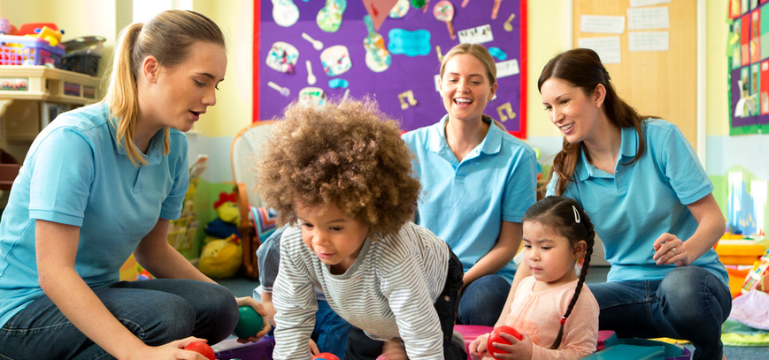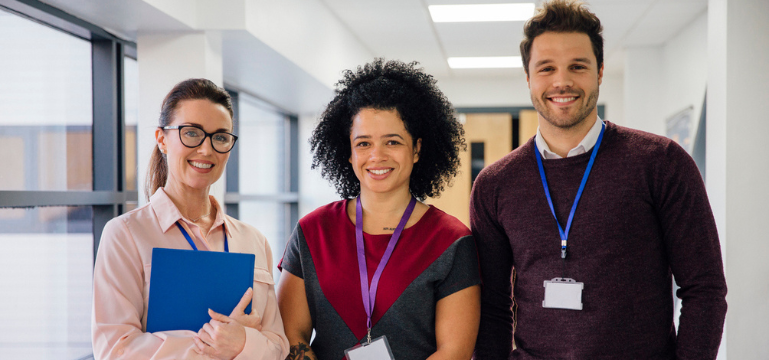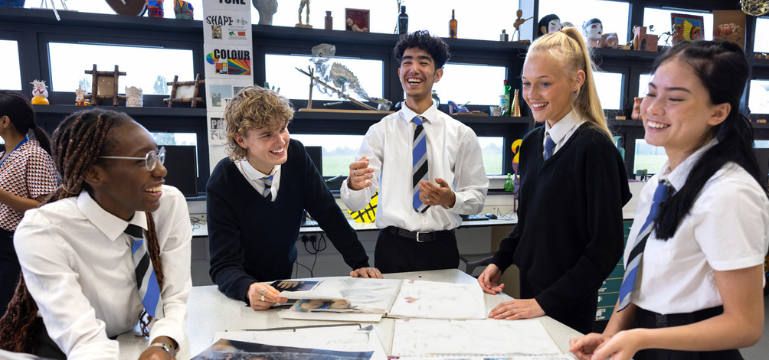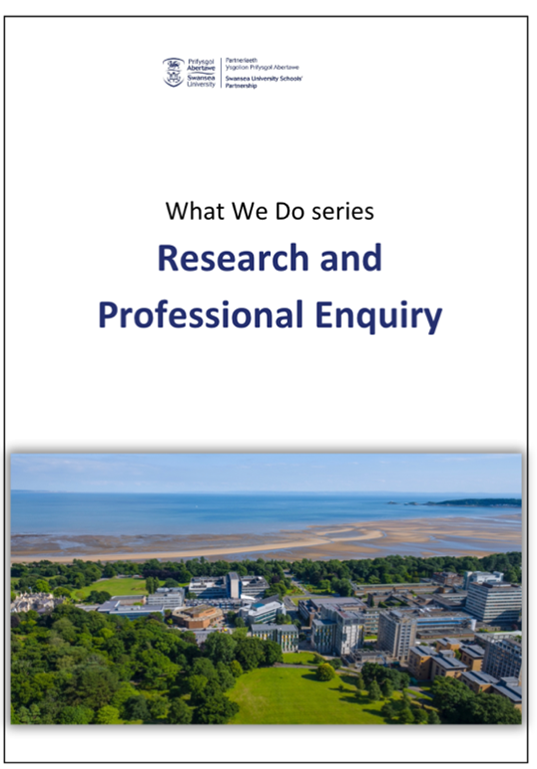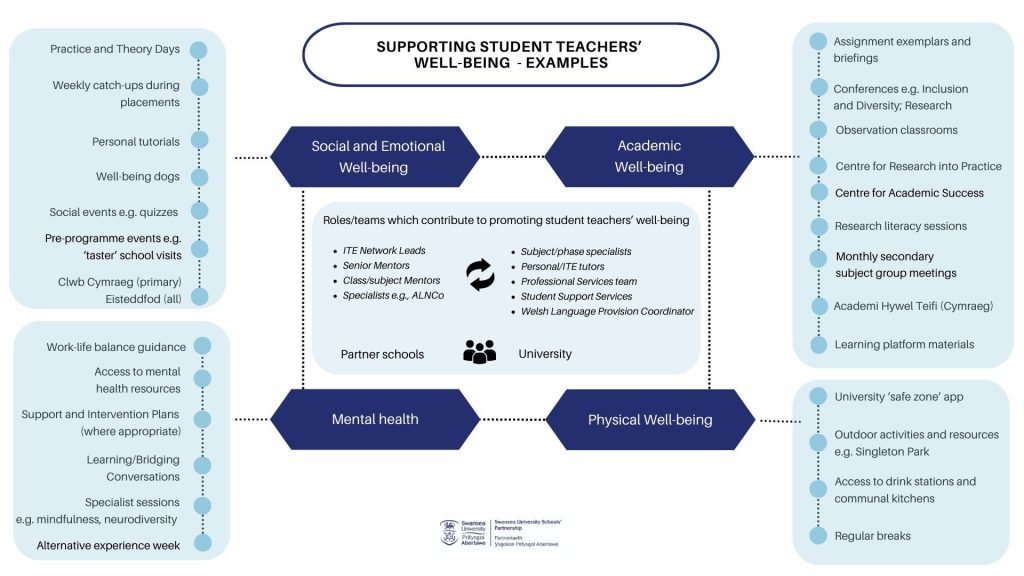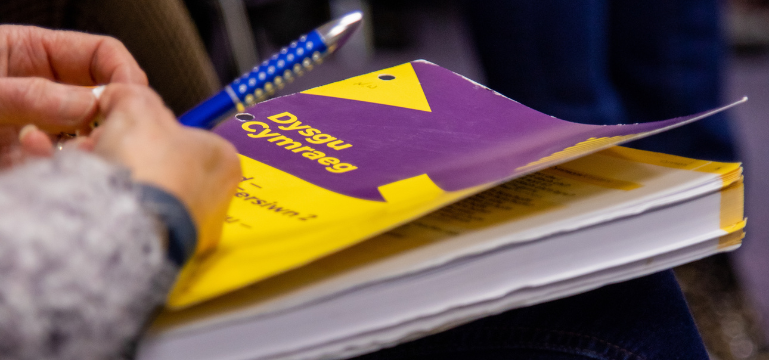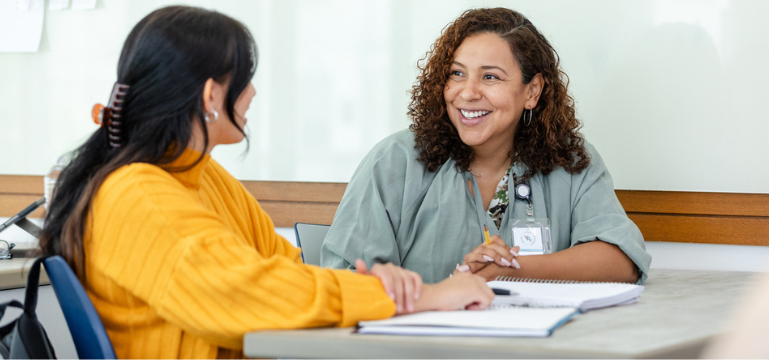Improvement Resource Type: Effective Practice

About the partnership
The Conwy and Denbighshire adult learning in the community partnership is chaired by Grŵp Llandrillo Menai and consists of:
- Grŵp Llandrillo Menai
- Cyngor Bwrdeistref Sirol / Conwy County Borough Council
- Cyngor Sir Ddinbych / Denbighshire County Council
- Addysg Oedolion Cymru / Adult Learning Wales
During the 2023-2024 academic year, the partnership had 474 learners who engaged in classes funded using the Community Learning Grant issued to Conwy and Denbighshire local authorities by the Welsh Government. Many of these classes were delivered by Grŵp Llandrillo Menai, and the remaining by Adult Learning Wales. A further 1,100 adult learners engaged in classes funded using Grŵp Llandrillo Menai’s part-time further education (FE) funding received directly from the Welsh Government. An additional 878 learners across the two counties engaged in classes with Adult Learning Wales using the funding it received directly from the Welsh Government
Partnership website: https://communitycourses.wales
Context and background to the effective or innovative practice
On the whole, adult learning in the community providers across Wales find it challenging to follow learners’ long-term patterns of enrolments, their movements between providers in a partnership or to track the destinations of learners once they complete their courses. As a result, they are not getting a full picture of the impact of their provision or the long-term outcomes for learners.
The Conwy and Denbighshire partnership has recently begun to analyse enrolment and destination information to provide valuable insight. The partnership’s records show that around one-third of the partnership’s learners in 2022-2023 had undertaken adult learning in the community courses in the past. Around 40% of the year’s learners went on to enrol onto other courses within the partnership or to full-time or part-time further education courses.
Description of the activity
The partnership gathers enrolment and destination data using the Welsh Government’s Learning and Skills Wales Records (LLWR) system, which provides detailed learner-level information. This includes prior enrolments, course completions, and progressions within and beyond the partnership. By cross-referencing LLWR data, the partnership is able to track individual learners over time, creating a clearer picture of learning pathways.
Interesting patterns and trends
- A significant proportion of learners (40%) re-enrol within the partnership or transition to higher levels of study, indicating a culture of sustained engagement with education.
- Learners often undertake ‘stepping-stone’ courses, such as basic skills or introductory vocational subjects, before progressing to more advanced study or employment-related qualifications.
- There is a notable pattern of ‘recycled learners’ where individuals return to education multiple times to build skills, confidence, or qualifications, often leading to long-term personal and professional growth.
Impact on provision and learners’ standards
- This data-driven approach has enabled the partnership to tailor its curriculum to better meet learner needs, such as by offering progression pathways in high-demand areas like health and social care or digital skills.
- Improved understanding of learner movements has led to enhanced learner retention and progression, contributing to higher overall success rates.
- Insights from the data have supported the development of targeted outreach and support services, ensuring learners at risk of dropping out receive timely intervention.
Incorporation into curriculum planning
Data analysis now plays a pivotal role in curriculum planning, enabling the partnership to:
- Identify and respond to emerging learner needs and regional skill shortages.
- Plan seamless progression routes for learners, ensuring no gaps in their learning journey.
- Optimise course scheduling and delivery to accommodate learners’ preferences and commitments.
Sharing good practice
The partnership has shared its findings and methodology with other providers through regular network meetings and best-practice forums, such as the North Wales Adult Learning Partnership group. Practical sessions have been conducted to demonstrate the use of LLWR data for tracking and curriculum planning.
Replicating the approach in other partnerships
Other partnerships can adopt this approach by:
- Utilising LLWR data for tracking learner engagement and destinations.
- Establishing regular processes for data analysis and curriculum review.
- Sharing findings across local authorities and providers to foster collaboration and consistency.
By embedding these practices, partnerships across Wales can gain a clearer picture of learner journeys, enabling them to enhance provision, improve outcomes, and contribute to the long-term success of adult learners.

